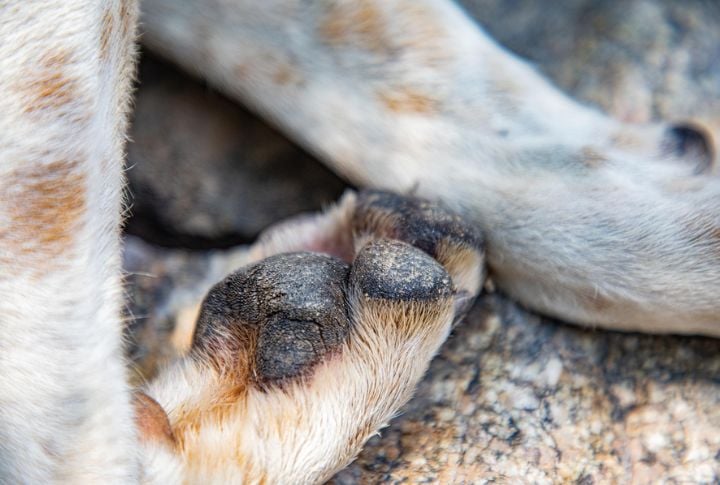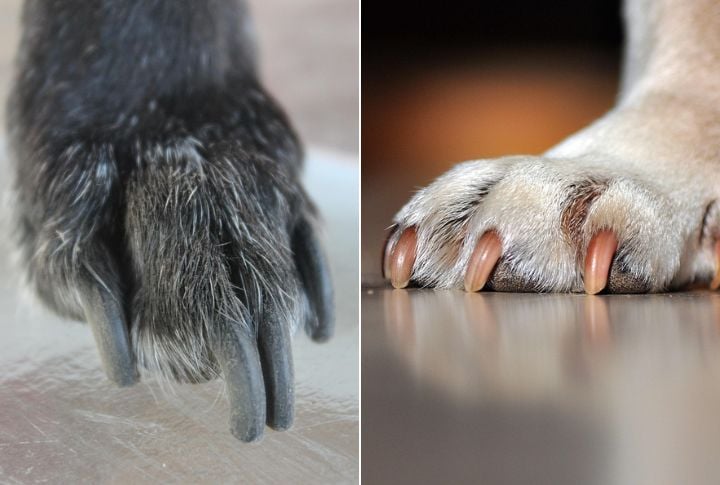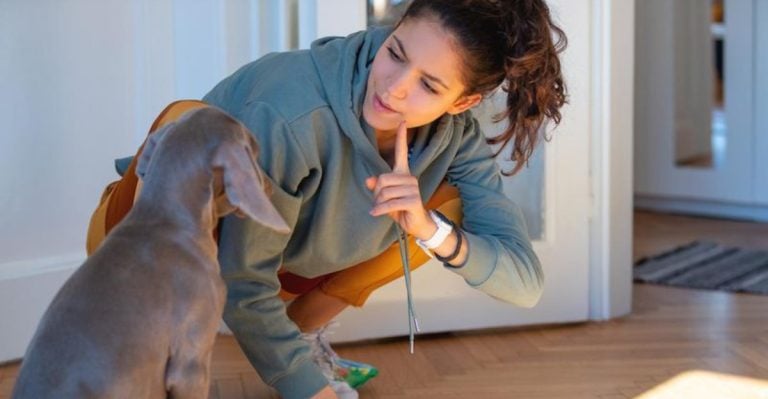What Every Dog Owner Should Know About Dog Nails

Few owners realize just how much influence nails have on a dog’s comfort and behavior. A closer look reveals anatomical quirks and unexpected risks hiding behind each step. If nail care feels routine, prepare for a major shift in how you think. Start exploring now.
Nails Grow Faster Than You Think

Most breeds experience nail growth at a rate of approximately 1–2 millimeters per week. That’s enough to touch the floor again just a month after trimming. Indoor life accelerates the need for trims since walking on soft surfaces offers little natural wear, unlike pavement or gravel trails.
Dewclaws Serve A Functional Purpose

Located higher up the leg, dewclaws often seem useless, but they help stabilize wrists during sharp turns or high-speed maneuvers. Some working breeds use them for gripping objects like bones or toys. Rear dewclaws, on the other hand, may be loosely attached and often removed early in life.
The Quick Contains Nerves And Blood Vessels

Inside each nail lies a sensitive structure called the quick, which nourishes the nail and responds to pressure or pain. Clipping too far causes bleeding and discomfort. Frequent trims gradually shorten the quick, allowing nails to be kept shorter without causing injury or stress.
Nail Color Isn’t Just About Looks

Some nails appear black, while others are white or translucent, even within the same paw. Color variation results from genetics and pigmentation, not breed. Dark nails can obscure the quick, and that makes trimming riskier. For safety, good lighting and angle-specific tools help improve visibility during the process.
Overgrown Nails Affect Posture

When nails get too long, the toe joints go off the ground unnaturally. This shift changes how your dog stands and walks, which places strain on joints and ligaments. Left unchecked, it can lead to arthritis, back pain, and even long-term gait abnormalities that require professional correction.
Nail Grinding Isn’t Just A Trend

Rotary nail grinders offer a smoother, more controlled trim than traditional clippers—especially for dogs with dark nails where the quick is hard to see. They reduce the risk of cracks and splintering. Many dogs also respond better to gentle vibration than sudden pressure from clipping, making early desensitization training a smart move.
Paws Absorb Nail Damage Differently

Nails don’t break evenly across the board. Front nails endure more stress from digging or lunging. Rear nails tend to be shorter due to natural wear. A cracked nail may look minor, but it can expose sensitive tissue that invites infection, which often goes unnoticed until limping begins.
Breed Influences Nail Hardness

Heavier dogs and working breeds tend to have thick, dense nails that can wear down clipper blades faster, making trims less effective over time. In contrast, smaller breeds may develop brittle or flaky nails due to metabolic differences. Some terriers and sighthounds grow unusually curved nails that demand extra vigilance during trimming to avoid embedding.
Seasonal Changes Can Affect Growth

What your dog walks on daily directly determines how quickly its nails wear. Hard outdoor surfaces like sidewalks increase abrasion in warmer months, while winter introduces softer, less resistant terrain. Recognizing this shift is key to avoiding overgrowth and the biomechanical strain it quietly causes.
Puppies Need Early Nail Handling

Young pups benefit from gentle nail handling by 2–3 weeks of age. Their early exposure to this reduces anxiety later and builds tolerance to future grooming routines. Puppies raised with weekly trims adapt faster to clippers and grinders than those introduced only when nails have already become overgrown.
Splitting Nails May Signal Nutrient Deficiency

Visible nail damage, like cracking or vertical split, often points to missing biotin or essential fatty acids in the diet. These nutrients help build strong keratin layers. If you notice consistent breakage despite proper grooming and activity, it’s wise to consult your vet about potential deficiencies.
Some Injuries Require Vet Intervention

A partially detached nail looks minor but can cause significant pain. Dogs may chew or limp when the nail bed becomes inflamed. In severe cases, removal under sedation prevents infection. So, always consult a vet for signs of swelling, bleeding, or sensitivity around the nail base.
Nail Chewing Can Be Behavioral

Do you notice your pup going to town on their nails? It’s not always about an itch—they could be bored, stressed, or just plain anxious. Try puzzle feeders, more exercise, or some rearranging of the home setup. A little distraction can go a long way in curbing this habit.
Scent Glands Live Near The Nail Base

Specialized glands between the toes release pheromones that transfer to nails during scratching. That’s why territorial scratching leaves behind more than just visible marks—it’s also a scented signal. These glands don’t affect nail health directly but play a role in canine communication and marking.
Double Nails Happen Naturally In Some Breeds

Certain breeds, like the Great Pyrenees or Beauceron, develop double dewclaws as part of their genetic makeup. Far from ornamental, these additional claws gave early dogs better footing on rocky trails and steep slopes. Though rare in most dogs, they should still be monitored and trimmed regularly.






